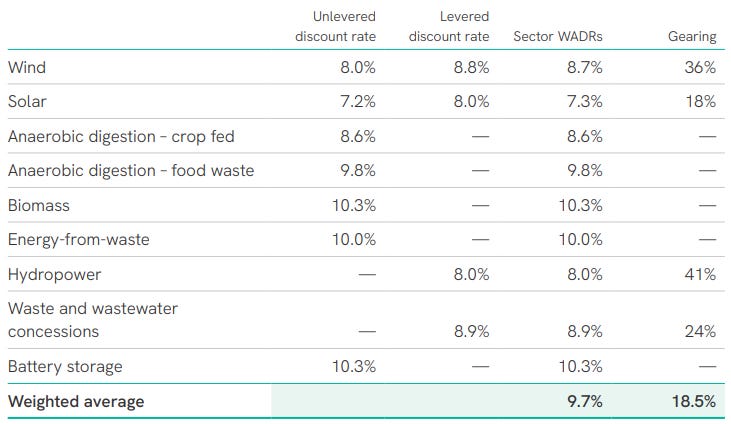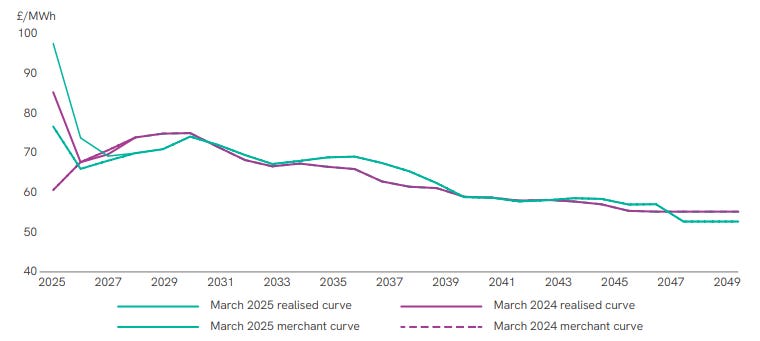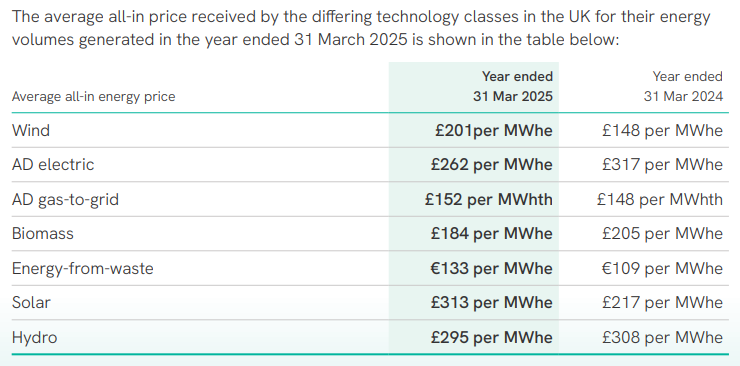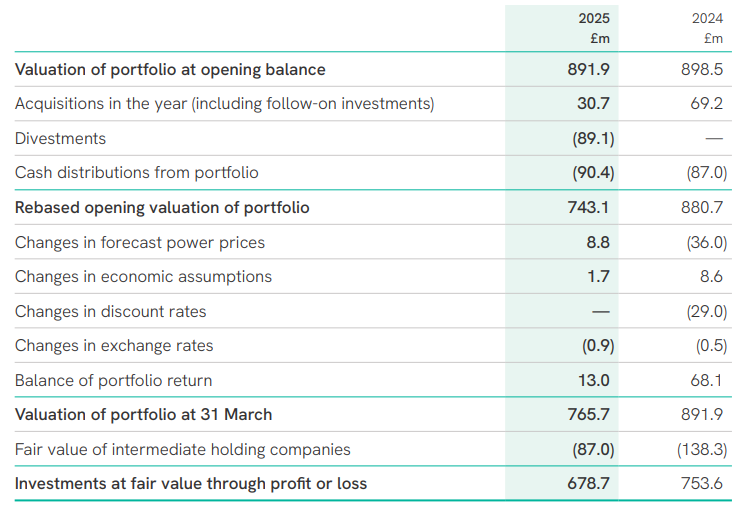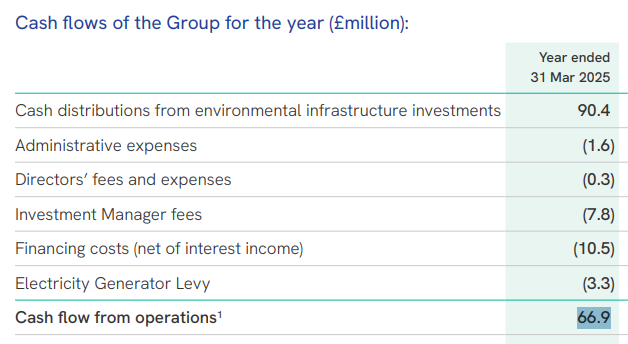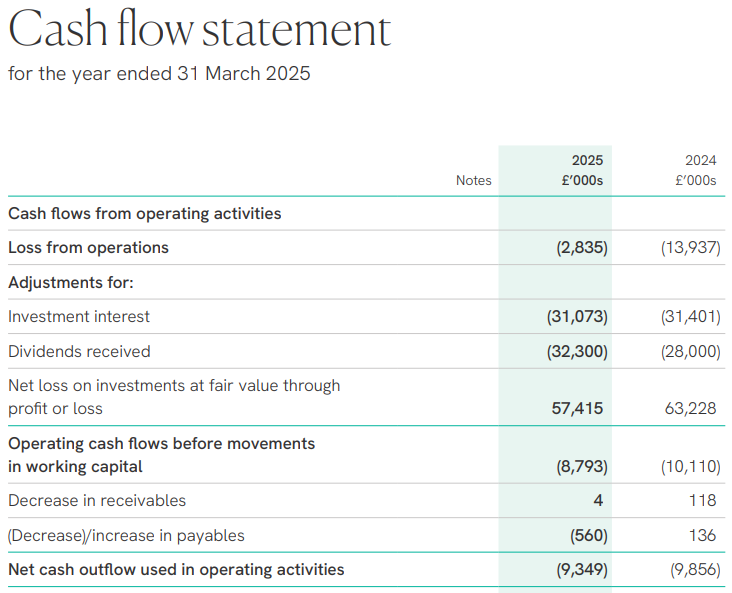Annuity rates hit a record for the decade – is now a good time to buy an annuity?
Annuity rates have increased 10% since May 2024, part of an upward trend, while sales of the pension product are also soaring. Should you buy an annuity?
By Ruth Emery

Annuity rates have surged above 7.7%, the highest point of the decade. The figures, for May 2025, mark a 10% increase on a year ago, in an ongoing upward trend of annuity rates.
This marks a significant recovery from July 2020 when rates were just 4.71%, reflecting a 64% increase since then.
An annuity is an insurance product that delivers a guaranteed income for life in exchange for a pension pot.
A healthy 65-year old with a £100,000 pension pot could now expect to receive approximately £7,720 a year, according to the data from Standard Life’s annuity tracker.
The tool said a healthy 65-year-old man who bought an annuity in May 2025 at a rate of 7.72% could expect a total lifetime income of £155,180. For a woman of the same age, the expected income was £172,940.
Meanwhile, a healthy 70-year-old who bought an annuity in June 2025, could expect a rate of 8.54%. For a man, this would provide a total lifetime income of £136,680 while a woman could expect to receive £153,770.
Pete Cowell, head of annuities at Standard Life, said the surge in annuity rates offers retirees “one of the strongest opportunities yet for securing a guaranteed income in retirement”. He added: “This uplift has been driven by higher long-term interest rates.
“While the recent upward trend has been steady, it feels unlikely annuity rates will fall back to historic lows. Interest in annuities is likely to remain strong, particularly given the anticipated changes to inheritance tax in 2027, which may prompt more people to consider annuities as part of their retirement planning.”
Annuity rates are closely linked to government bond (gilt) yields, which surged to their highest level since 2008 in January. At the end of June 2025, yields on ten-year gilts are currently around 4.4%, a bit lower than where they were throughout January on either side of the gilt yield crisis that sent yields to record highs.
Annuity rates are closely linked to government bond (gilt) yields, which surged to their highest level since 2008 in January.
Gilt yields are affected by interest rates; the rise in interest rates over the past few years has been good news for annuity incomes. Hargreaves Lansdown notes that the rate for a 65-year-old with a £100,000 pension hit £7,586 after the mini-Budget in 2022.
Helen Morrissey, head of retirement analysis at Hargreaves Lansdown, says it’s a “reversal of fortune for a market that many thought had been all but killed off by a combination of rock-bottom interest rates and the Freedom and Choice reforms” in 2015, when then chancellor George Osborne said retirees didn’t need to buy an annuity anymore.
She adds: “Rising interest rates have seen incomes climb in recent years and people’s interest has risen along with them. The Association of British Insurers (ABI) recently hailed 2024 as a bumper year for annuities with sales of £7 billion. It’s a momentum that will continue into 2025 as people mull the best option for securing a guaranteed income in retirement.”
Indeed, annuity sales jumped 24% last year, and hit a 10-year high, according to the ABI. The most common age to purchase an annuity continued to be aged 65, making up 20% of all sales.
Six providers offer annuities to new customers, and last year 69% of annuity buyers switched – taking an annuity from a different provider to the one they held their pension savings with – compared to 64% in 2023.
Shopping around for an annuity can get you a better deal compared to staying with your current pension provider.
Pete Cowell, head of annuities at Standard Life, comments: “Annuity rates have continued to improve, offering retirees even stronger total incomes.
“Looking ahead, we expect annuity rates, as well as the demand for these types of products, to remain strong, especially with pensions being brought into scope for inheritance tax from 2027. Wealthier savers may be encouraged to access more of their pensions, with annuities becoming an increasingly attractive way of doing so.”
However, it’s possible that annuity rates might fall this year, especially if interest rates are cut again. Annuity rates drifted downwards last year following two interest rate reductions, but then soared during the gilt turmoil in January.
The Bank of England voted to cut the base rate from 5.25% to 5% last August, its first cut in more than four years. In November, rates were trimmed again to 4.75%. In February, the Bank reduced the base rate to 4.5%.
The Bank of England last cut its base rate in May, reducing it from 4.5% to 4.25%. This was the fourth time the base rate was reduced since August 2024.
But, even if annuity rates do fall, sales could get a further boost due to last year’s Autumn Budget announcement that pension pots will be liable for inheritance tax from April 2027.
“This will remove many people’s rationale for using income drawdown as they used it to pass the pension down generations tax-efficiently rather than draw an income from it. As they revisit their retirement income plans, many may opt to secure a guaranteed income through an annuity instead,” comments Morrissey.
If you’re thinking of buying an annuity, we look at the outlook for annuity rates, and what you can do to ensure you get the best deal.
Will annuity rates fall?
The outlook for annuity rates this year depends on what happens to gilt yields. If yields stay high, or soar further, we could see an increase to annuity rates.
But, if interest rates fall, gilt yields may follow suit, which will negatively impact annuity rates.
Holly Tomlinson, financial planner at the wealth manager Quilter, comments: “Annuity rates are closely tied to government bond yields, which can be influenced by changes in interest rates. A reduction in the base rate may lead to lower bond yields, potentially resulting in less favourable annuity rates for retirees.”
However, Morrissey points out that “we aren’t expecting the Bank of England to cut interest rates anywhere near as quickly as they raised them”.
According to Lily Megson, policy director at the financial adviser My Pension Expert, the base rate is expected to continue to fall this year, “meaning that some pension planners consider now to be the best time to lock in an annuity product”.
Is an annuity right for me?
Just because rates are high at the moment and represent good value, that doesn’t necessarily mean an annuity is the right retirement strategy for you.
Using your pension pot to buy an annuity is an irreversible decision, so you need to think carefully before making your mind up and should seek financial advice if you are unsure. You can find an independent adviser at Unbiased or VouchedFor.
According to the ABI, more annuity purchases occurred after taking financial advice in 2024, with 36% of buyers taking advice beforehand compared to 29% in 2023.
Some people may prefer to keep their pension pot in drawdown. This is when you keep part of your pot invested (where it will hopefully continue to grow), while withdrawing cash flexibly as and when you need it.
FCA data shows that pensions drawdown is the most popular option among retirees. Almost 280,000 people opted for drawdown in 2023/24, versus about 82,000 annuity purchases.
However, as previously mentioned, this could change as pension pots become liable for inheritance tax. Experts predict that savers may stop preserving their pensions to pass on to beneficiaries tax-free, and instead look at buying a guaranteed income with their pension.
Swapping a pension for an annuity means you get rid of your pension, reducing the size of your estate and any potential inheritance tax bill.
Another benefit of buying an annuity is the peace of mind it gives you. An annuity will pay out an income until you die, so there is no worry that you could run out of money during retirement.
Stephen Lowe, group communications director at the retirement firm Just Group, notes: “I think in today’s environment many people are seeing current annuity rates as sufficient to meet their retirement objectives and a good time to lock in. Along with other sources of guaranteed income such as the state pension, it provides peace of mind that there will always be an ongoing income to cover day-to-day bills.”
A potential downside with annuities is that, unless you choose a joint-life annuity, when you die, the income dies with you. So, if you only live a few years after you purchase the product, you won’t have received much money from your pension.
Some people may prefer to do a combination of the two approaches. You could use part of your pot to buy a guaranteed income, while leaving the rest invested so that you can draw on it as and when you need.
It’s also worth mentioning that there are different types of annuities on the market. Some are linked to inflation, while others pay a fixed amount each year.
Joint-life annuities continue to pay an income to a beneficiary (such as a spouse or civil partner) after you die, while others do not.
You can buy an annuity at any time in retirement, so you could leave it until you are older – especially as the older you are, the higher the annual income.
Purchasing an annuity earlier in retirement typically results in higher overall income. However, annuity rates tend to increase with age, meaning those who choose to buy an annuity later in retirement are likely to benefit from better rates.
As of May 2025, rates for a healthy 60-year-old were 7.01% compared to 8.54% for a healthy 70-year-old. This results in an annual income of £7,010 for a 60-year-old versus the £8,540 a healthy 70-year-old may expect to receive on a £100,000 pension pot – a difference of £1,530, according to Standard Life.
Clare Moffat, pensions expert at Royal London, comments: “The most suitable option will depend on an individual’s needs and while annuities aren’t for everyone, there are scenarios where they could be beneficial, so they should be considered as part of the retirement planning process.
“Many want complete flexibility with their retirement income, which explains the popularity of drawdown, while for others, buying an annuity offers them the comfort of a guaranteed income. For those people initially opting for income drawdown, that may not be the final decision. As people get older, some are keen to introduce a form of guarantee, so a happy medium for many is an annuity to cover basic living costs, providing comfort and reassurance, while leaving the rest invested for extra flexibility.”
Shopping around for an annuity
As well as considering what type of annuity is right for you (if any), you should do your homework to ensure you get the best rate.
“Different providers offer different rates and not searching the market can leave you thousands of pounds worse off over the course of your retirement,” Morrissey says.
Almost a third of retirees fail to shop around for the best annuity deal, instead sticking with their pension provider, according to the ABI figures.
Using a comparison site is a good starting point, Morrissey adds, but reminds retirees that there’s more to consider than the annual income alone.
“Single-life annuities offer higher incomes than joint-life ones but the joint-life one will offer an income to your spouse should you die first,” she points out.
Similarly, an inflation-linked annuity will generally offer a lower starting income than a level annuity, but if you live long enough (and inflation is high), you might end up getting more from the inflation-linked product.
Finally, Morrissey recommends giving all of your health details – including whether you smoke or drink – as this information feeds into the insurer’s calculations and can result in you getting an enhanced annuity, which pays a higher rate of income.

This marks a significant recovery from July 2020 when rates were just 4.71%, reflecting a 64% increase since then.
Do you really want to gamble with your future ?







